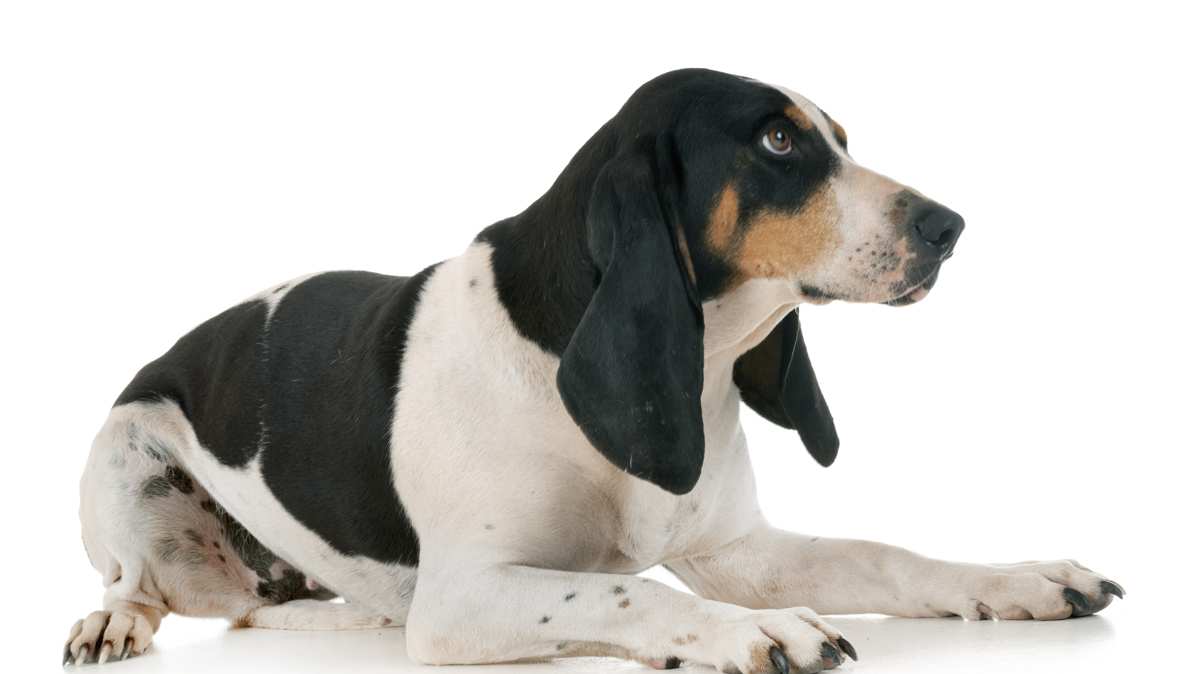Swiss Hound Breed Details
The Swiss Hound is a hunting dog. Because they are rare and specialized, they are not the best dogs for first-time dog owners. They require moderate effort to train, and they need a lot of outdoor space to roam when not hunting or doing other activities. These dogs are not good for apartments or small homes with little or no yard space; rural settings are ideal. They are fine with kids and other dogs. They are not good with non-canine pets as they have a very strong prey drive.
There are many things to understand about the Schweizer Laufhund, and here are a few:
PROS
CONS
